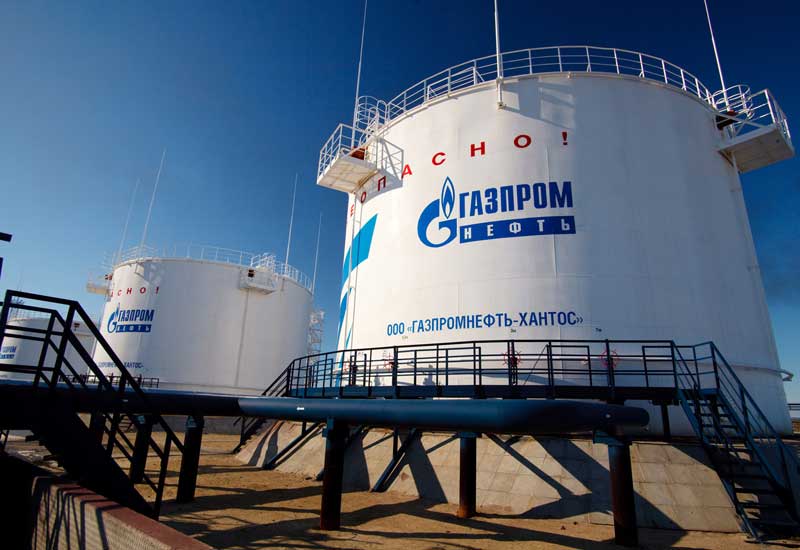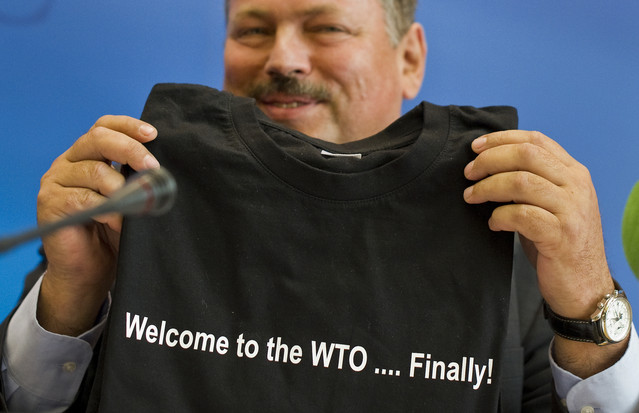
As the crisis in Ukraine continues with few signs of resolution, Europe must now address their reliance on Russian Energy. Near the end of March 2014 Russia doubled the price of natural gas that was exported to Kiev and has threatened to only supply the gas Ukraine has paid for by May 31, ostensibly cutting off gas over $3.5 billion in unpaid bills. This show of coercion and political posturing has forced the west to both face up to their reliance on Russia and Gazprom, and to make continuation plans for operating without it.
Russia exported roughly 30 percent of Europe’s natural gas, 155 billion cubic meters last year, with more than 50 percent of that passing through Ukraine. With such a large portion coming through a contentious area, Brussels has made it a priority to diversify the supply of energy. Since 2008, the volume of natural gas transported through Ukraine has fallen by 50 percent, with 65 percent being possible by the end of 2014. This drop is possible through the construction of new pipelines running through Russia and under the Black Sea into Turkey, as well as increased utilization of already existing pipelines and infrastructure.
The reason Russia holds such a large share of demand from the EU is simply price. Being able to offer gas via pipeline that is 25 percent cheaper then importing Liquefied Natural Gas(LNG). There is no actual shortage of supply or alternatives to Russian natural gas, the price would just increase. However, this could interrupt supply lines, and delivery of power, and a 30% rise in energy prices would have severe economic effects.
To combat the short term disruption European countries have been stockpiling gas reserves and are currently at 48 percent of storage capacity, more than enough to last through a short outage. While slightly comforting, this does not address who will be replacing the Russian supply, and whether any changes or additions to existing infrastructure are required. With an increase in demand, current suppliers could easily raise their own prices due to less competition and the major price leader being no longer relevant.

Iran has already stated it is willing to take over supplying the shortfall from Russia, as it has huge supplies and production capabilities for liquefied natural gas. This would cause an increase in price, but once the additions to the South Pars project are completed, Iran has more than enough output to reliably supply Europe. Iran is eagerly looking towards the EU after sanctions banning the import of Iranian petrochemicals were suspended on January 20 2014. The sanctions were only suspended for six months though, and are dependent on Iran’s continuing cooperation in nuclear disarmament. Although currently the suspension looks to be continued, the 6 month time frame is approaching on June 20, and should Iran not meet expectations, the EU would be back in the same situation with one less option for replacement. There are other traditionally major players in natural gas that are also easily accessible for Europe. Qatar, Algeria and Norway all have large stores of natural gas, and they already supply the EU through LNG shipping and pipelines.
The United States has now also become a giant in natural gas production due to shale gas deposits and fracking. Although no single US company could replace Gazprom alone, there are currently 24 applications with the US Department of Energy to allow the export of 38.5 billion cubic feet per day. With Europe’s daily consumption being roughly 40-50 billion cubic feet, this easily covers the deficit left from Russia, although at a higher price point. Despite the 24 applications, the CEO of the first approved company, Cheniere Energy’s Charif Souki, thinks only the 8 companies that have filed for the more intensive permits from the Federal Energy Resource Commission will be approved. That is still enough to cover much of the shortfall, but with little surplus, which means demand competition from other markets.

The US is not the only North American country with growing petrochemical supplies. As the tensions with Russia escalate, the EU is softening its opposition towards the Canadian oil sands as they look for alternative energy sources. The Canadian government is looking at this as an opportunity to push oil sand development forward as the EU has been a major opponent. As the EU diversifies its supply, the need to remove any dependence from Russia seems to be trumping the environmental concerns that surround the oil sands projects.
The options for replacement are not limited, but each one carries a risk or trade off the EU needs to make. Higher gas prices, environmental concerns and trading with a high risk country are all issues the EU will need to consider when deciding which option, or mix of options to choose.




